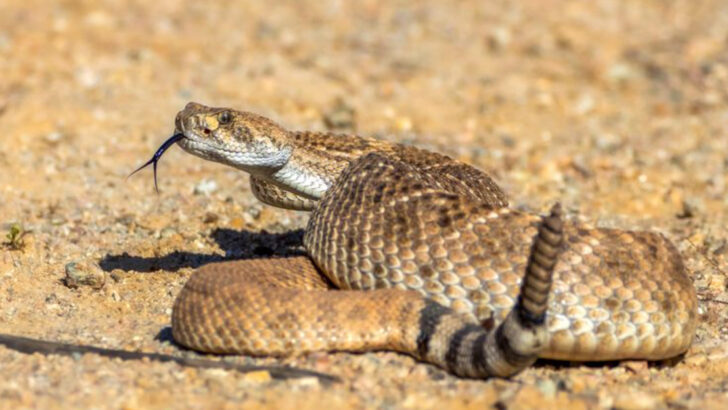Rattlesnakes have a reputation that tends to stick—coiled, rattling, and ready to strike. But there’s a lot more going on with these snakes than most people realize. Beyond the warning sound and the fangs, they’re packed with quirks that make them one of the more fascinating animals in North America.
From the way they sense heat to how their rattles actually work, rattlesnakes are full of surprises. Some of their traits are downright clever, while others challenge common assumptions. Even if you’re not a fan of snakes, learning a few unexpected facts about them might just change how you see them. Or at the very least, make for a good story next time you’re out on a hike.
Rattlesnake Rattle
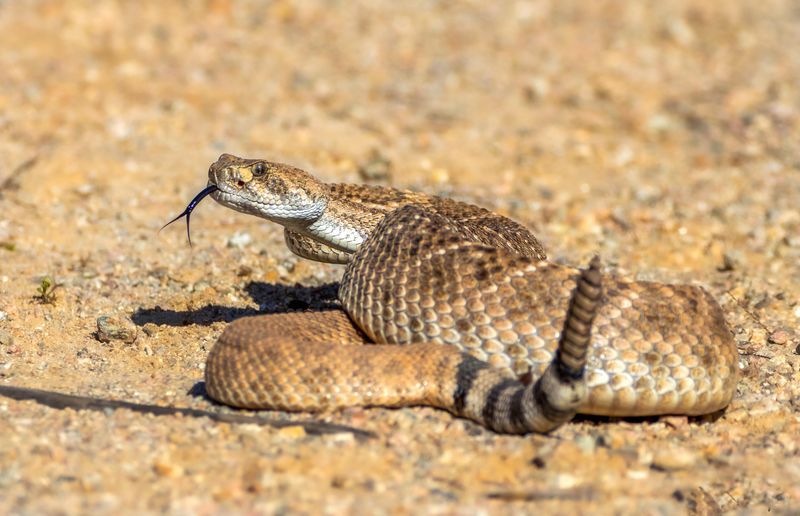
The iconic rattlesnake rattle is a marvel of nature, composed of interlocking segments made of keratin, the same substance found in human nails. Each time a rattlesnake sheds its skin, a new segment is added. Contrary to popular belief, the rattle’s sound is not produced by shaking loose pieces but by the segments clashing together. The noise serves as a warning to potential threats, providing a clear signal to retreat. Many species have developed this feature, although the sound varies. This adaptation plays a crucial role in their survival, avoiding unnecessary confrontations.
Venom Composition
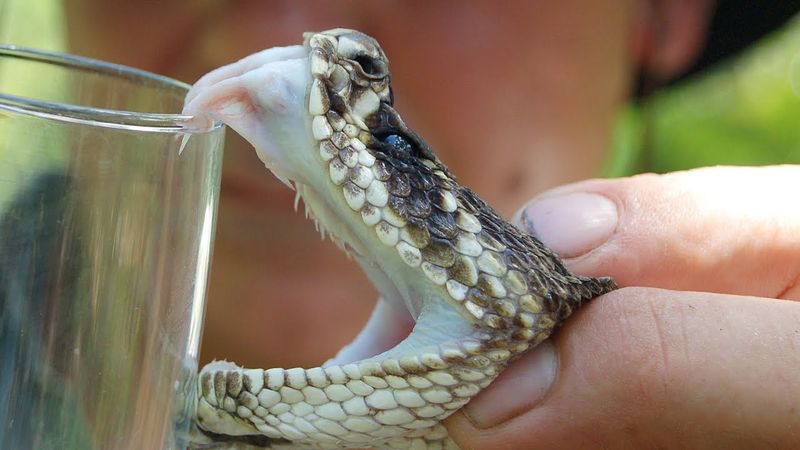
Rattlesnake venom is a complex cocktail of enzymes and proteins, each serving a specific purpose in immobilizing prey and aiding digestion. The composition varies between species, and even individuals, influenced by diet and environment. Some rattlesnakes possess neurotoxins that affect the nervous system, while others have hemotoxins targeting blood cells. This diversity makes their venom a subject of interest for medical research, potentially leading to breakthroughs in treating diseases. Understanding venom composition is vital for developing effective antivenoms and underscores the intricate relationship between predator and prey.
Rattlesnake’s Infrared Vision
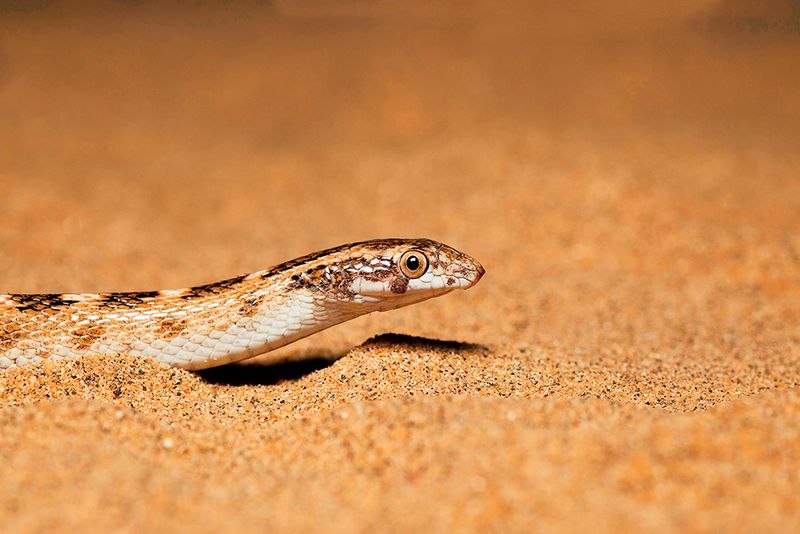
A rattlesnake’s ability to “see” using infrared vision is nothing short of extraordinary. These reptiles possess special heat-sensing pits located between their eyes and nostrils. These pits enable them to detect the infrared radiation emitted by warm-blooded prey.
This adaptation allows rattlesnakes to hunt effectively even in complete darkness. They can strike with precision, guided by the heat signatures of their prey, a skill that is crucial for their survival in the wild.
While most are familiar with their rattles, this sensory adaptation is a vital part of their predatory toolkit.
Heat-Sensing Pits
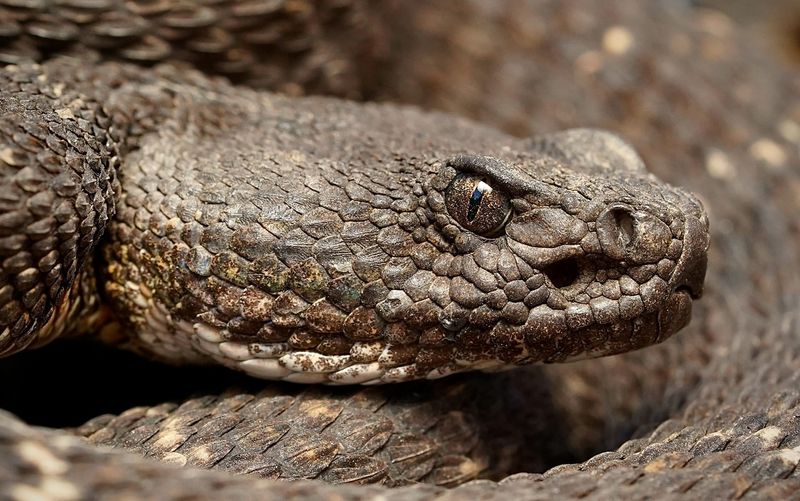
Between their eyes and nostrils, rattlesnakes possess specialized heat-sensing pits. These organs allow them to detect minute temperature changes in their environment, enabling them to efficiently locate warm-blooded prey even in complete darkness. This infrared detection system is so precise it can discern temperature differences as slight as a fraction of a degree. Such adaptation is crucial for hunting in nocturnal settings where visual cues are limited. The sensitivity of these pits highlights the rattlesnake’s evolution as a skilled predator, equipped with tools to thrive in diverse habitats.
Rattlesnake’s Unique Scent Marking
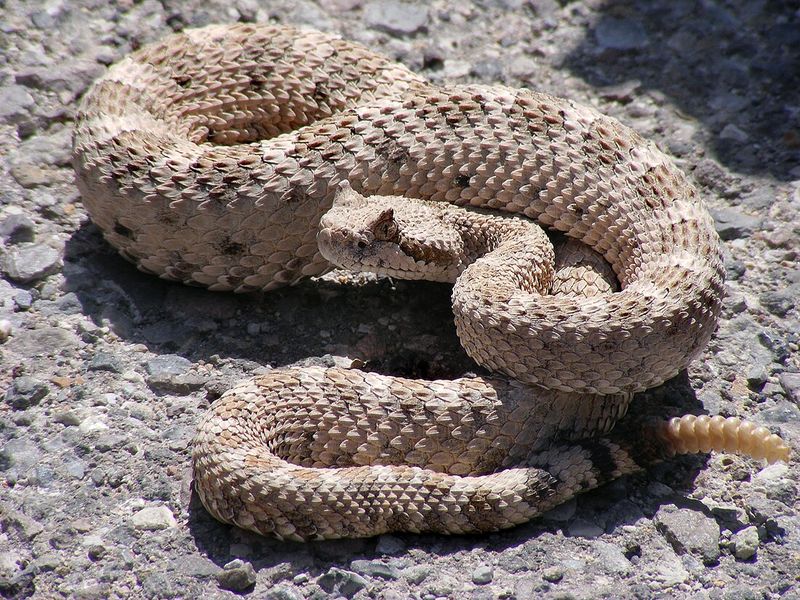
Rattlesnakes have a unique way of communicating and navigating their environment through scent marking. By flicking their tongues, they pick up chemical cues from the air, a method akin to tasting their surroundings.
This behavior helps them identify other rattlesnakes, potential prey, and predators. The Jacobson’s organ in the roof of their mouth analyzes these scents, providing crucial information about the environment.
This sophisticated sense of smell is not only essential for survival but also plays a role in mating and territorial behaviors, highlighting the rattlesnake’s complex interaction with its ecosystem.
Camouflage Abilities
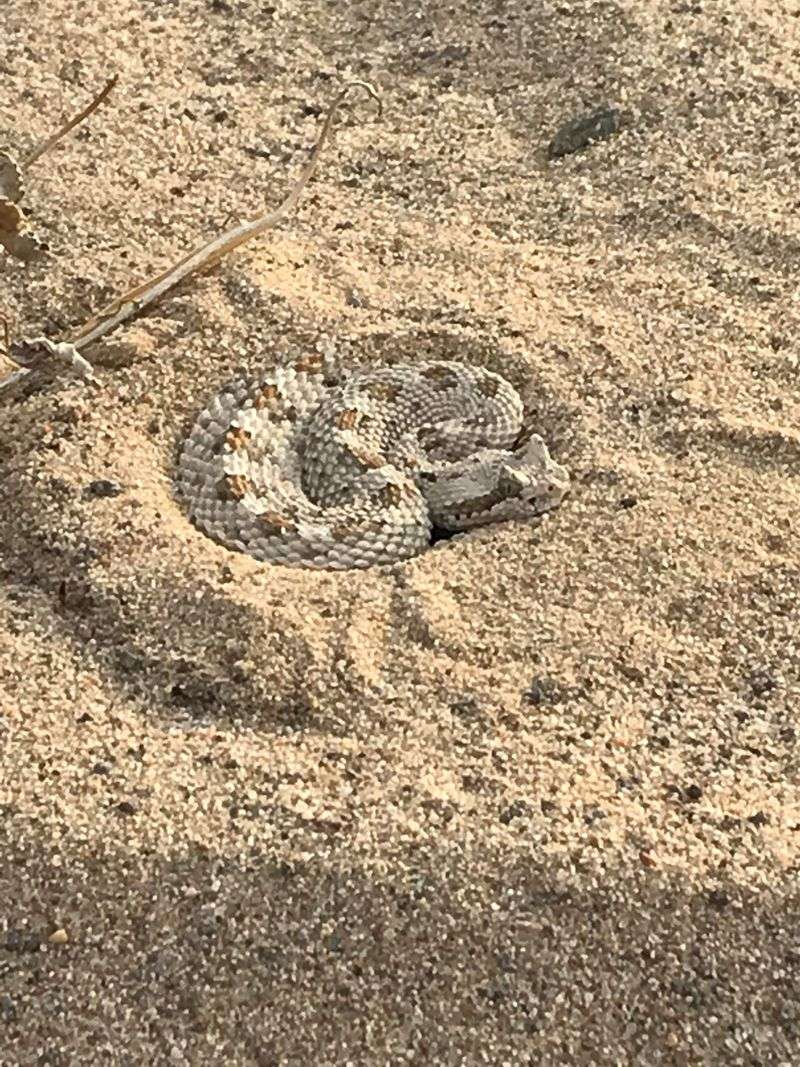
Rattlesnakes are masters of disguise, often blending seamlessly into their surroundings. Their skin patterns, typically featuring earthy tones, mimic the textures and colors of their natural habitat. This camouflage serves dual purposes: it aids in ambushing prey and provides protection from predators. By remaining nearly invisible, rattlesnakes can strike swiftly at unsuspecting victims or avoid detection themselves. Different species have evolved distinct patterns tailored to their specific environments, from forests to deserts. This ability underscores nature’s ingenuity in equipping creatures with survival mechanisms.
Rattlesnake’s Longevity and Lifespan
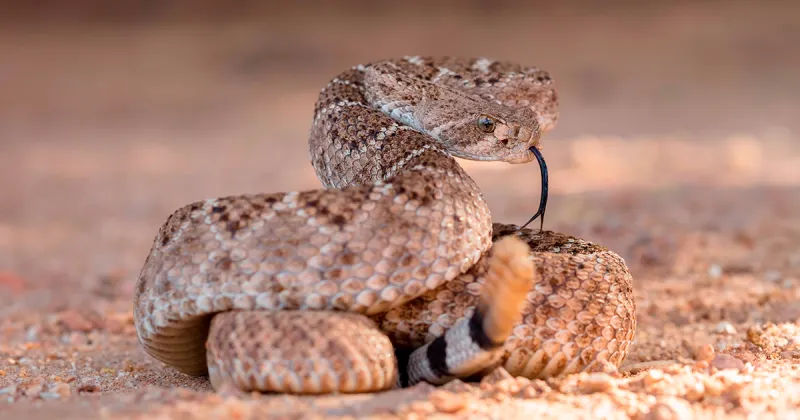
Did you know rattlesnakes can live surprisingly long lives? Many species enjoy a lifespan of 10 to 25 years in the wild, although this can vary.
Their longevity is influenced by several factors, including habitat, availability of prey, and threats from predators or human activities. A rattlesnake’s slow metabolism allows it to survive on fewer meals, conserving energy over long periods.
This enduring nature is a testament to their adaptability and resilience, allowing them to thrive in various environments and conditions, even when faced with challenges. Their life journey is as intriguing as their iconic rattle.
Ecological Role
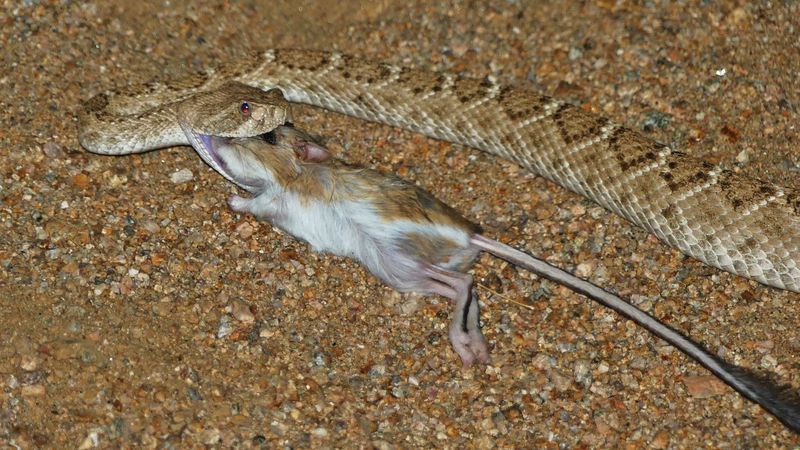
Rattlesnakes play a pivotal role in maintaining ecological balance. As predators, they help control populations of small mammals like rodents, which can become pests if left unchecked. This predatory behavior indirectly supports agriculture by limiting crop damage. Additionally, rattlesnakes serve as prey for larger animals, including birds of prey and carnivorous mammals. Their presence in the food chain highlights their importance in ecosystem dynamics. The absence of rattlesnakes can lead to overpopulation of certain species, emphasizing the interconnectedness of nature and the need to preserve diverse wildlife.
Venomous Yet Vulnerable

While rattlesnakes are feared for their venom, they are also vulnerable to threats like habitat destruction and human persecution. Many species face declining populations due to urbanization, agriculture, and road mortality. Conservation efforts aim to protect these reptiles by preserving their habitats and promoting coexistence with humans. Education plays a crucial role in changing perceptions, highlighting the ecological benefits rattlesnakes provide. Understanding their plight encourages respect and protection. Balancing human development with conservation is essential to ensure these remarkable creatures continue to thrive in their natural environments.
Unique Reproductive Strategies
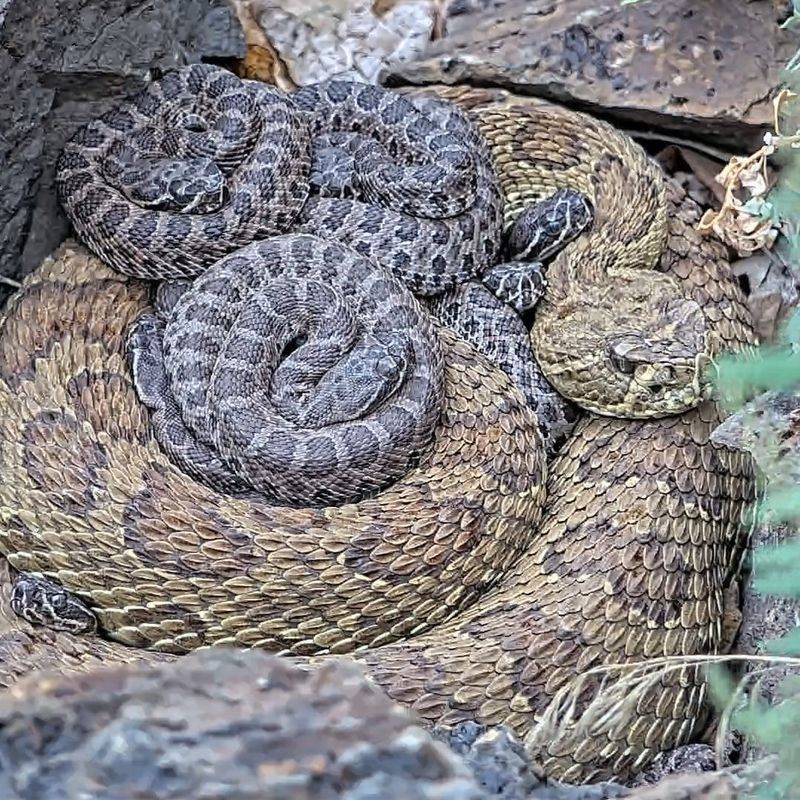
Rattlesnakes exhibit fascinating reproductive behaviors. Unlike many reptiles, they give birth to live young rather than laying eggs. This adaptation provides several advantages, including greater protection for the developing embryos in harsh environments. Some species exhibit maternal care, with mothers guarding their offspring for a short period post-birth. This strategy increases the chances of survival for the young, offering them a head start in life. The reproductive strategies of rattlesnakes illustrate the diverse approaches to ensuring survival and continuity in the animal kingdom, reflecting their adaptability.
Diet and Hunting Techniques
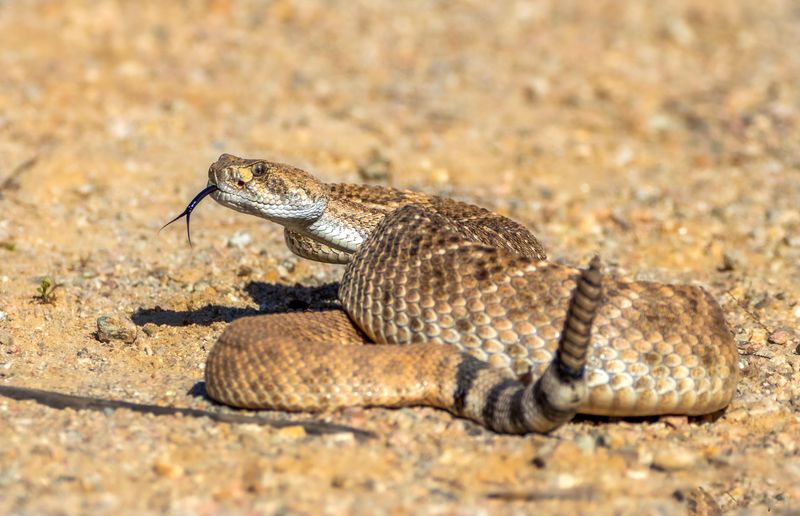
Hunting techniques among rattlesnakes are as varied as their diet. Most are ambush predators, relying on stealth and patience to capture prey, which includes rodents, birds, and even other reptiles. They employ a quick strike to deliver venom, immobilizing their target before consumption. Some species are known to follow scent trails, displaying a keen sense of smell. The hunting prowess of rattlesnakes is a testament to their evolution as effective predators, equipped with both physical and behavioral adaptations to secure sustenance in challenging environments.
Rattlesnake Habitats
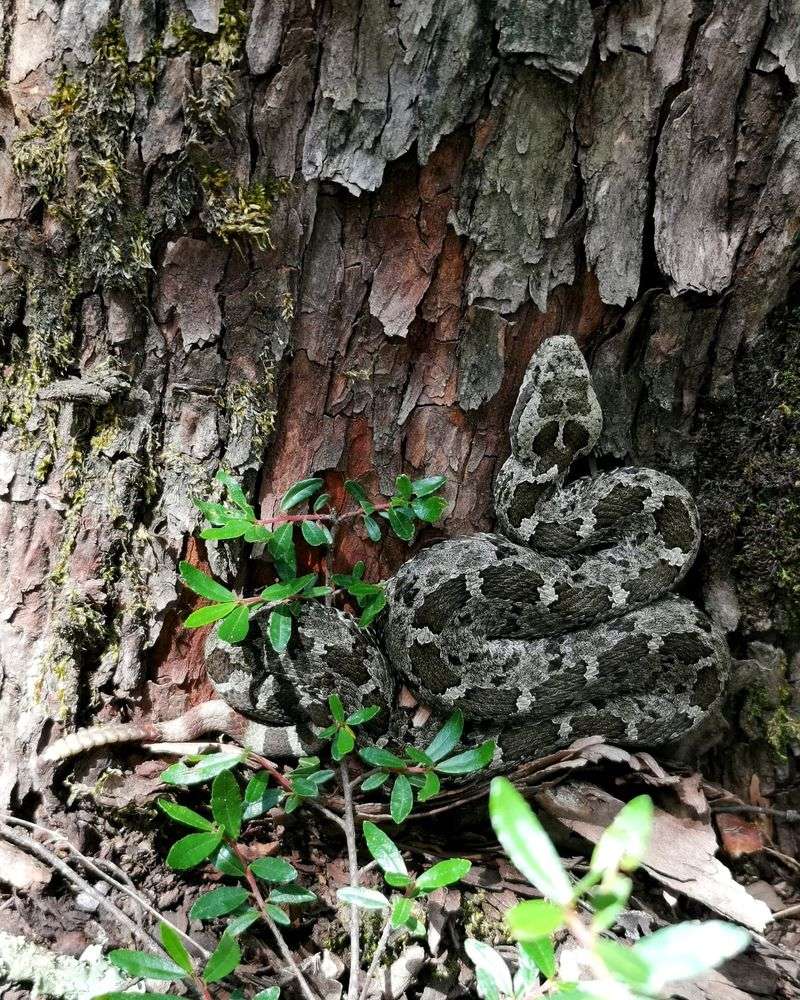
Rattlesnakes inhabit a wide range of environments across the Americas, from arid deserts to lush forests and grasslands. Their adaptability to diverse habitats is remarkable, reflecting their evolutionary success. Each species has unique habitat preferences, often dictated by the availability of prey and climatic conditions. This adaptability allows them to thrive in both hot and cooler regions. Understanding their habitat needs is essential for conservation efforts, as it informs habitat preservation and management strategies. Protecting these environments ensures the survival of rattlesnake populations and the broader ecosystems they support.
Behavioral Adaptations
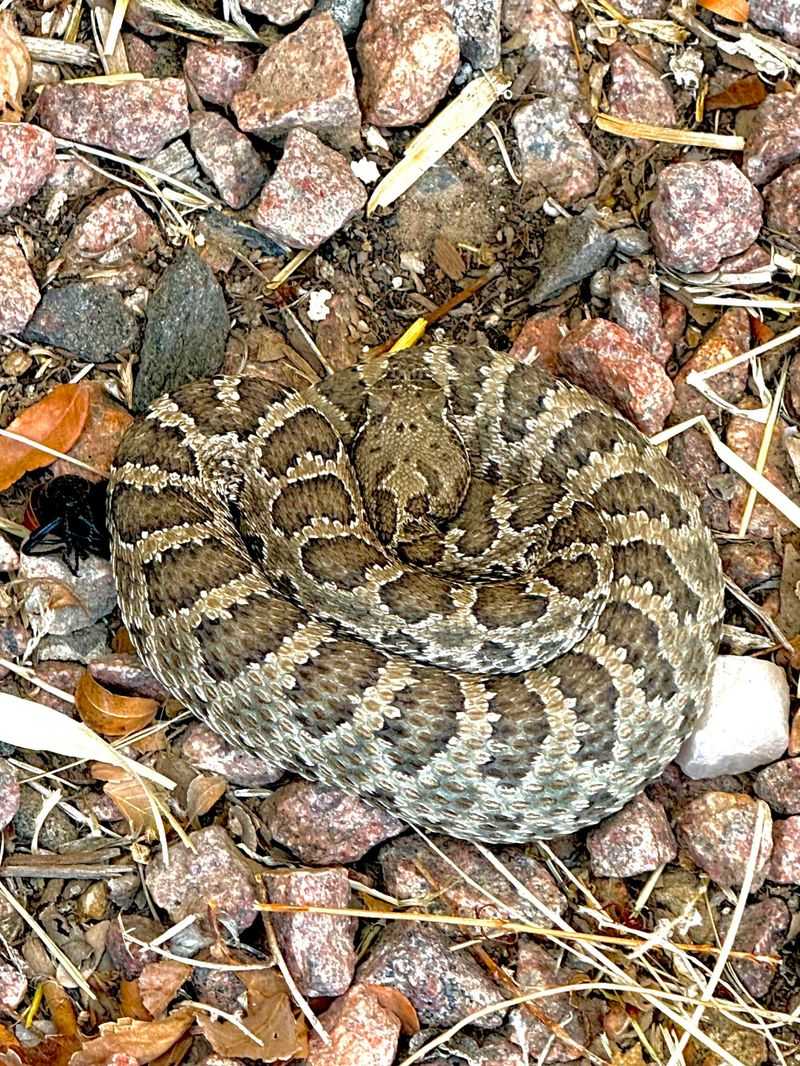
Rattlesnakes exhibit a range of behavioral adaptations that aid their survival. When threatened, they may coil and rattle as a defensive display, deterring potential predators. This behavior minimizes the need for physical confrontation, reducing risk of injury. Some species can feign death, lying motionless to avoid detection. These behaviors illustrate their strategic approach to danger, prioritizing energy conservation and safety. The diverse behavioral repertoire of rattlesnakes underscores their role as both predators and prey, navigating complex ecological landscapes with instinctual precision.
Cultural Symbolism

Rattlesnakes hold significant cultural symbolism, particularly among indigenous tribes across the Americas. Often revered as powerful totems, they symbolize transformation, fertility, and healing. Their depiction in art, mythology, and rituals highlights their revered status. For some cultures, the rattle is viewed as a protective charm, warding off evil spirits. This rich cultural tapestry underscores the deep connection between rattlesnakes and human societies, reflecting respect and admiration. Understanding this symbolism fosters appreciation for the diverse ways in which rattlesnakes are perceived and valued beyond their biological presence.
Conservation Challenges
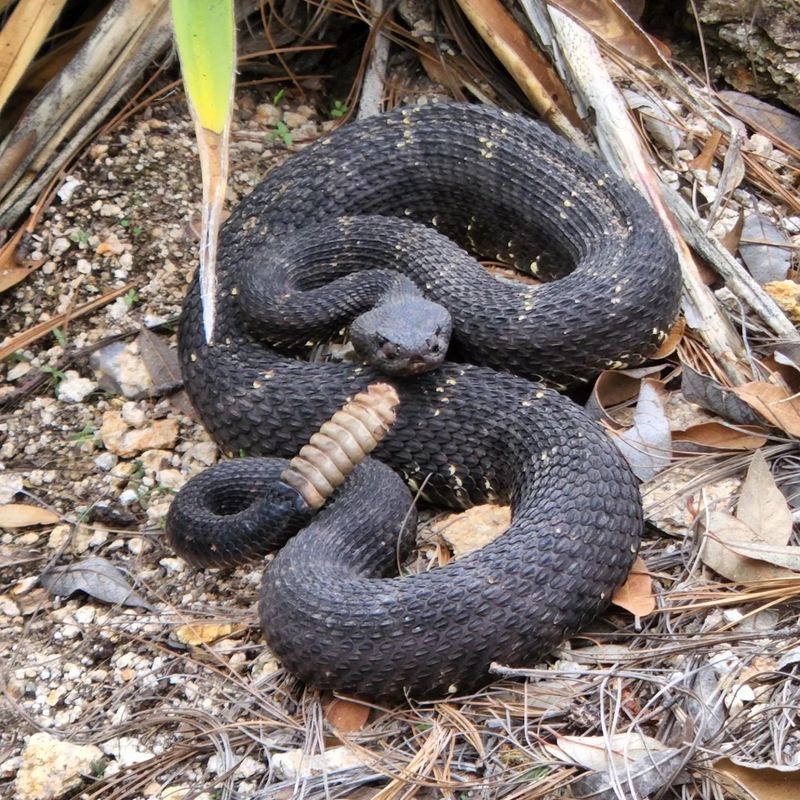
Conservation challenges for rattlesnakes are multifaceted, involving habitat preservation, human-wildlife conflict resolution, and public education. Urbanization and agricultural expansion threaten their natural habitats, leading to population declines. Misunderstandings and fear often result in persecution, exacerbating their vulnerability. Efforts to address these challenges include habitat restoration, legal protection, and community engagement to promote coexistence. Educating the public about the ecological roles of rattlesnakes and debunking myths is vital. Collaborative initiatives between scientists, conservationists, and policy makers aim to develop strategies that balance development with the preservation of these vital reptiles.
Medical Research Potential
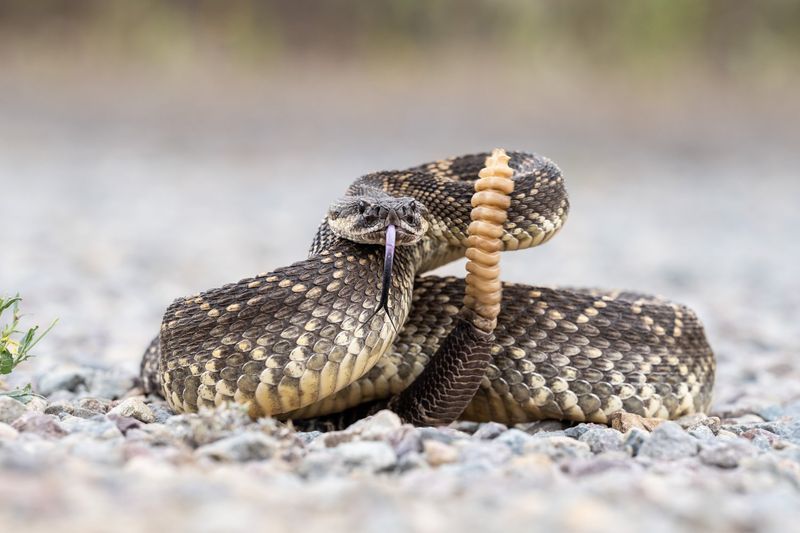
The medical research potential of rattlesnake venom is vast and promising. Scientists study its components to develop treatments for conditions like hypertension, blood clots, and even cancer. The enzymes in venom have unique properties that can be harnessed for therapeutic purposes. This research not only enhances medical knowledge but also shifts perceptions of rattlesnakes from threats to valuable contributors to science. By understanding and utilizing venom, researchers aim to create innovative solutions that benefit human health, illustrating the profound impact of biodiversity on medical advancements.

